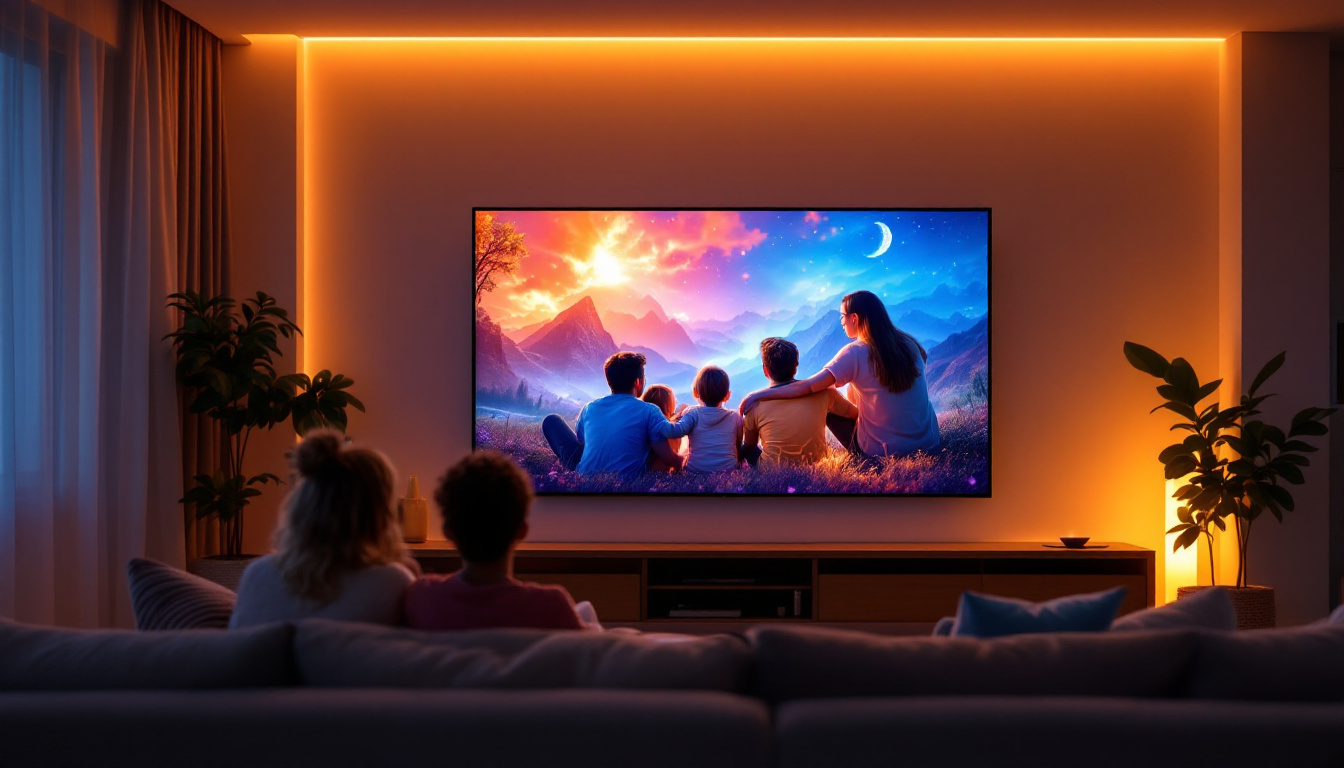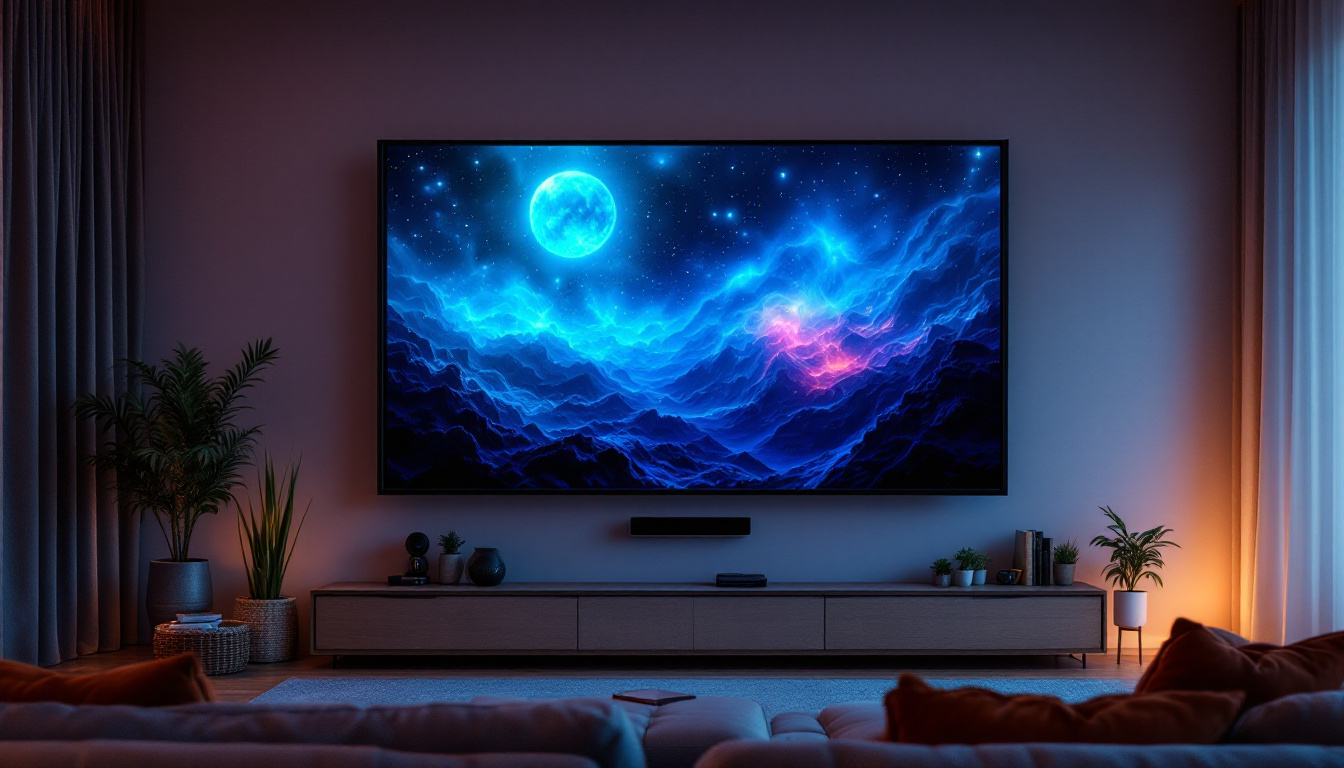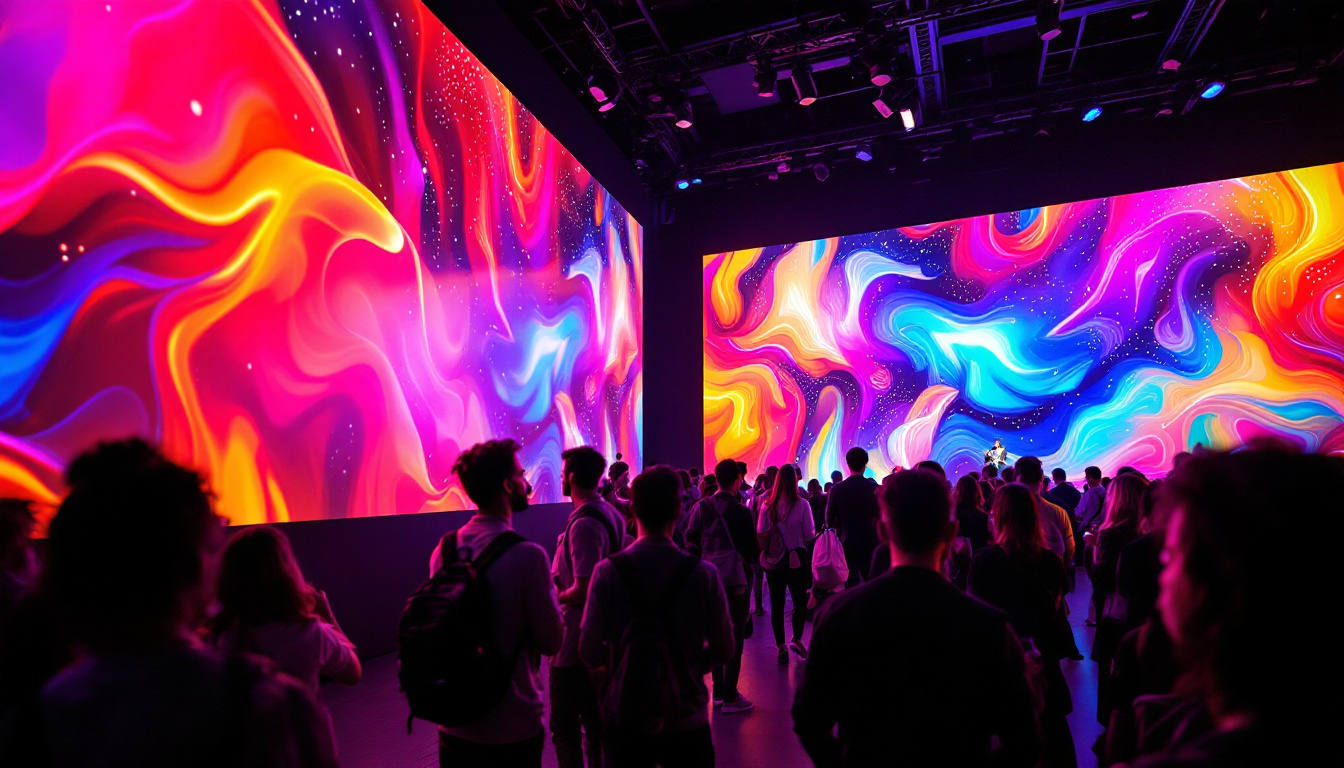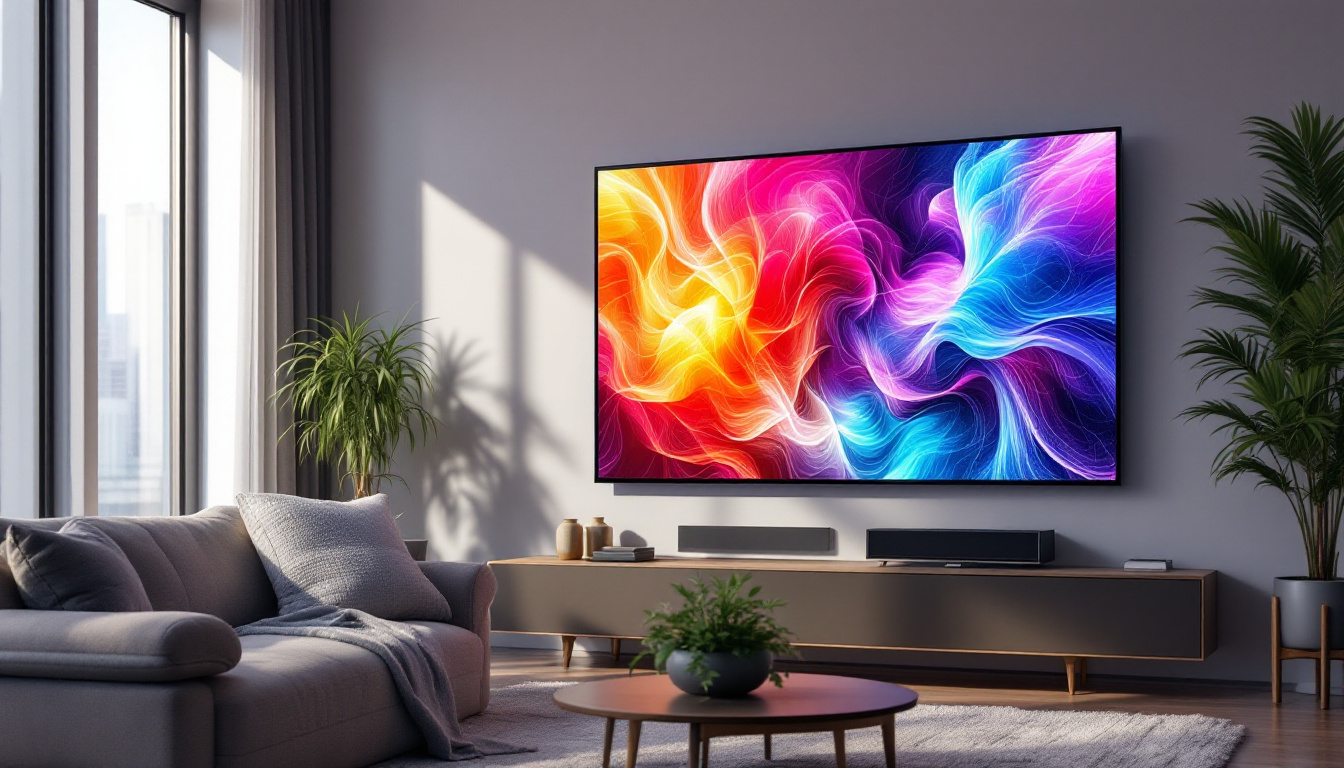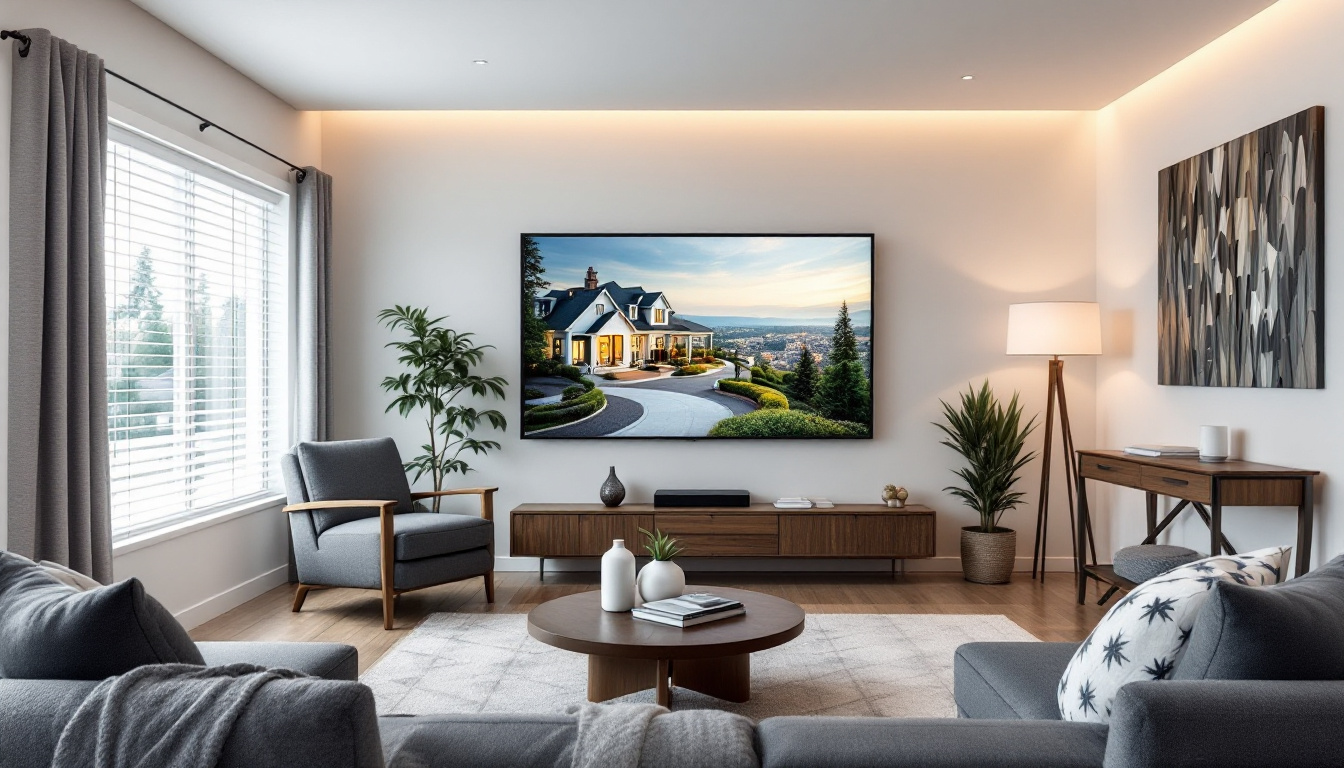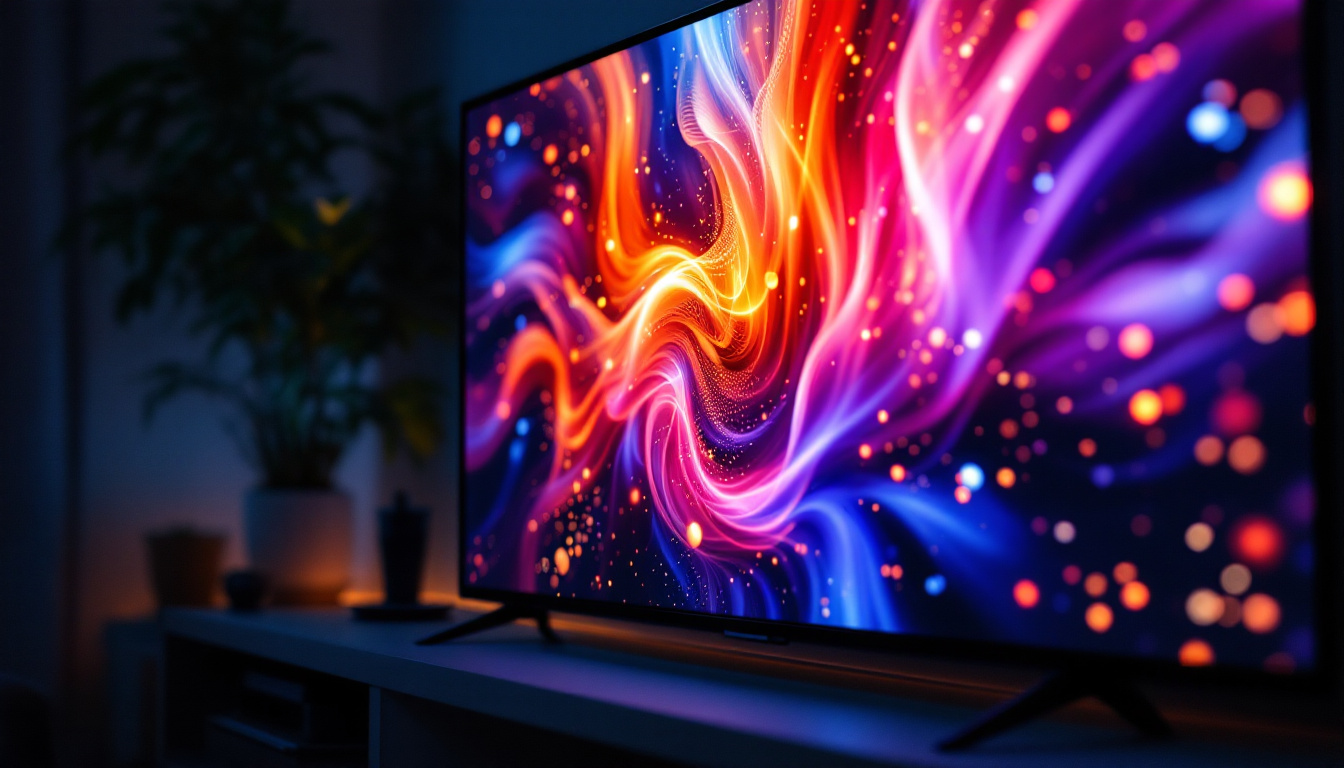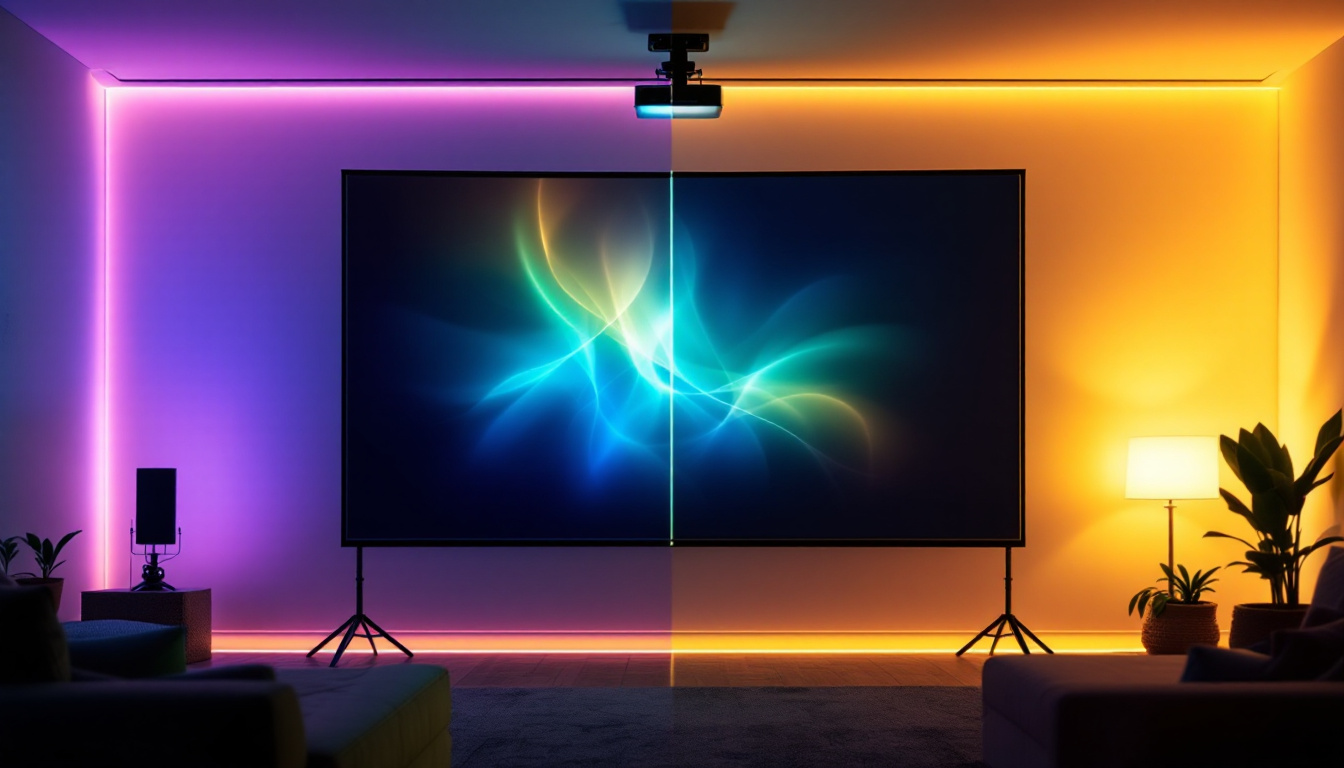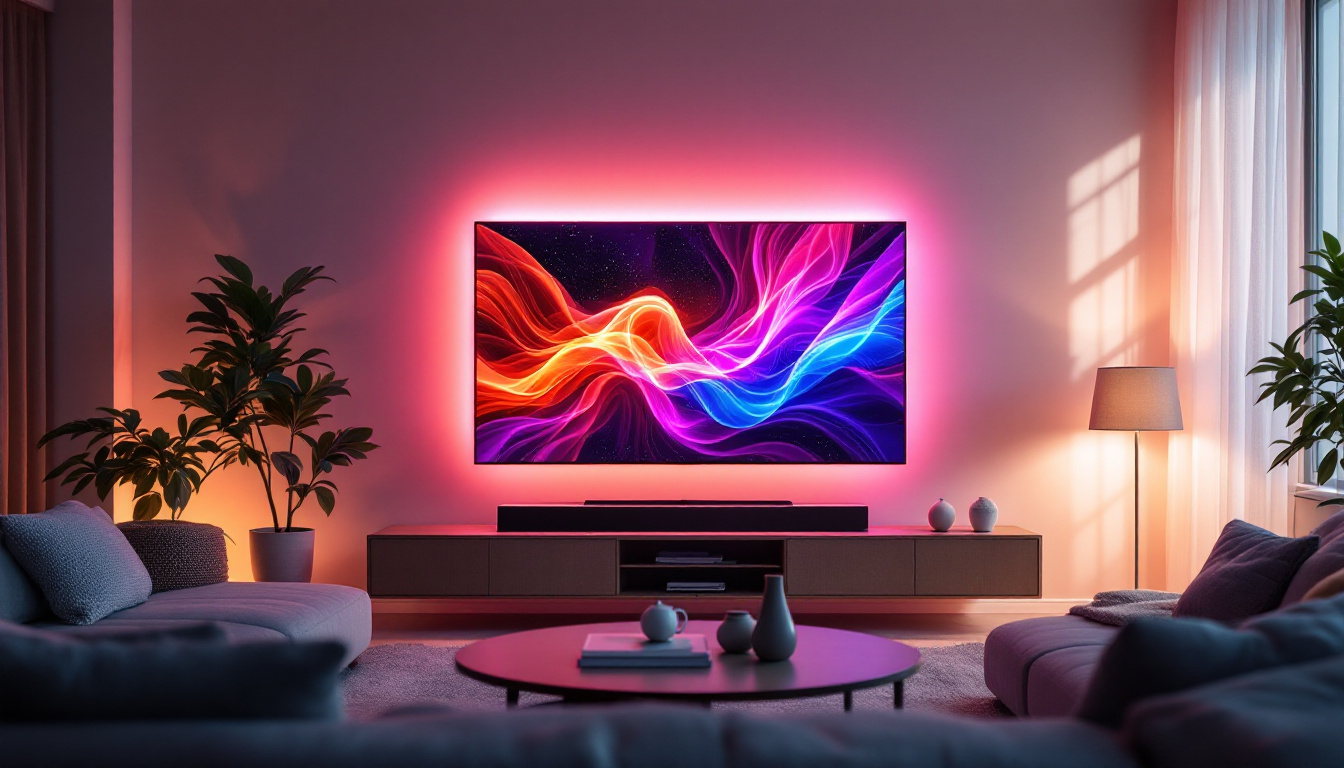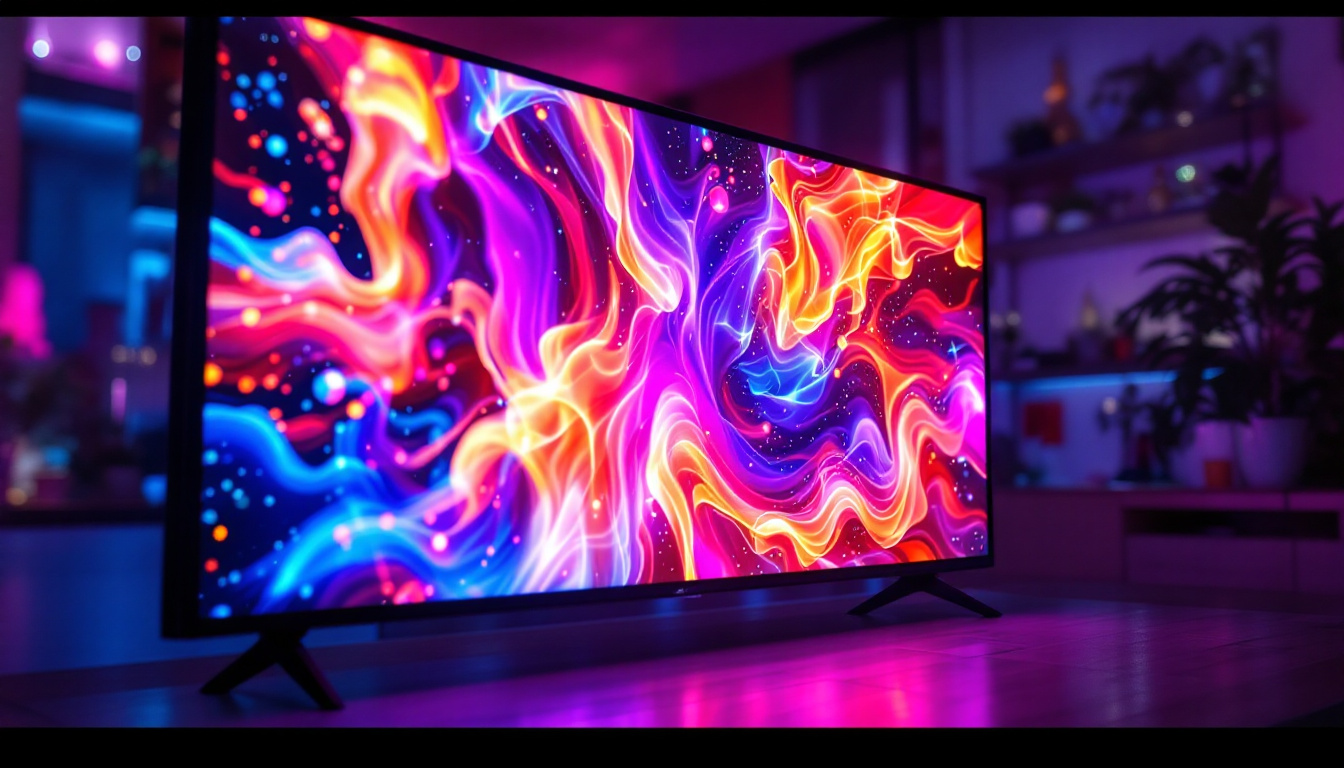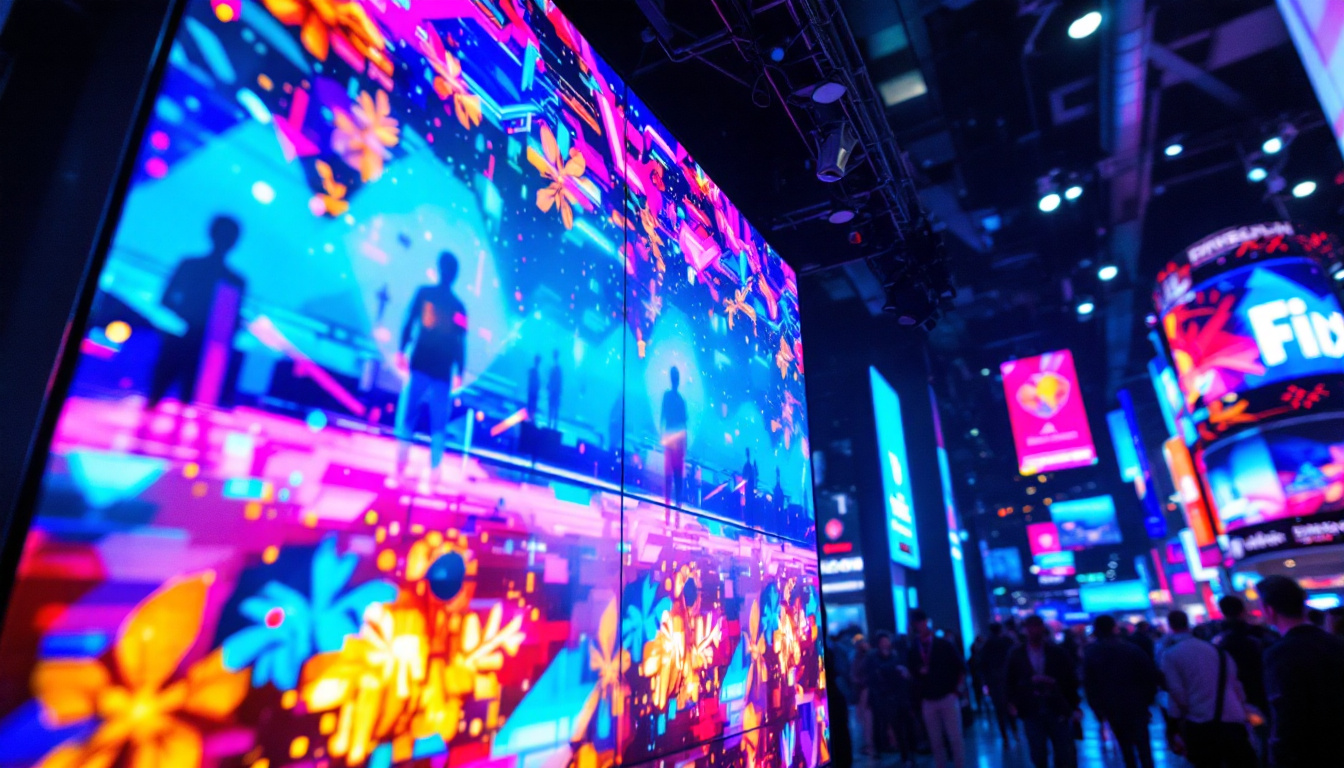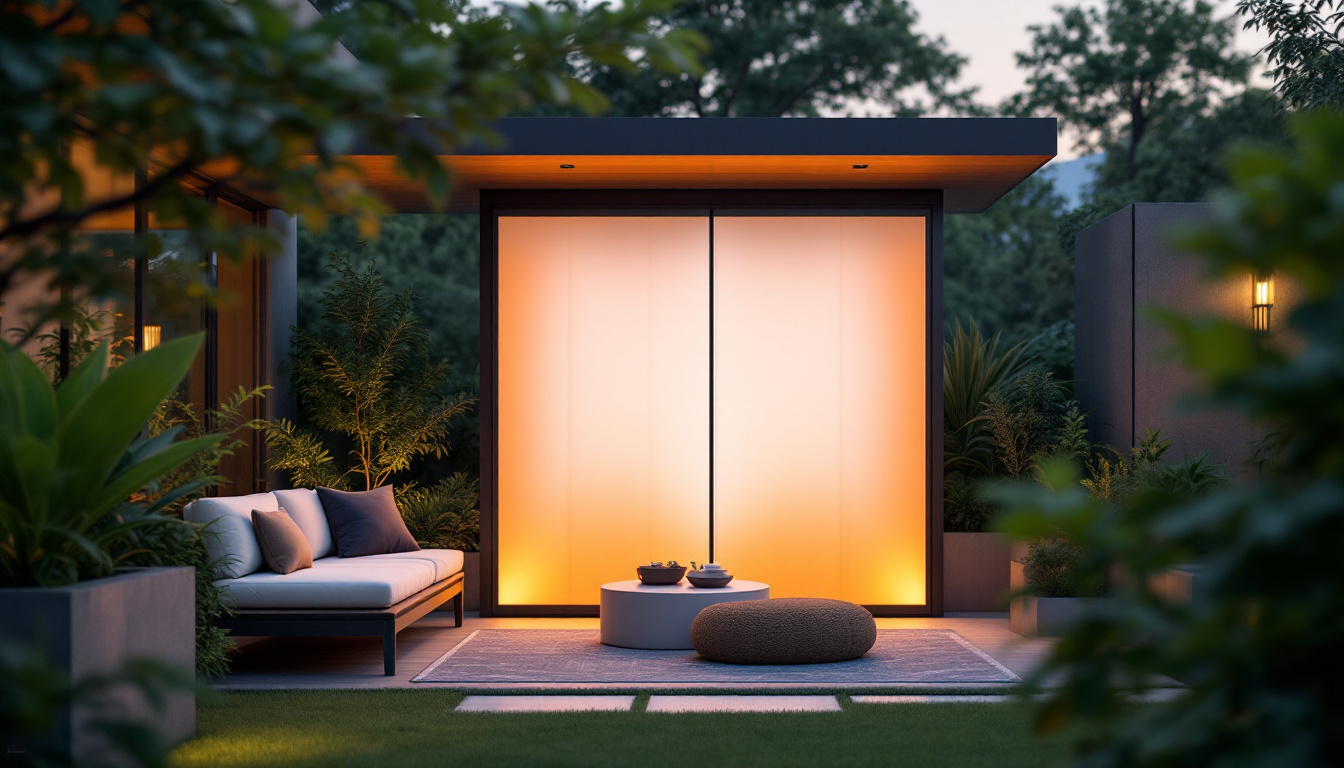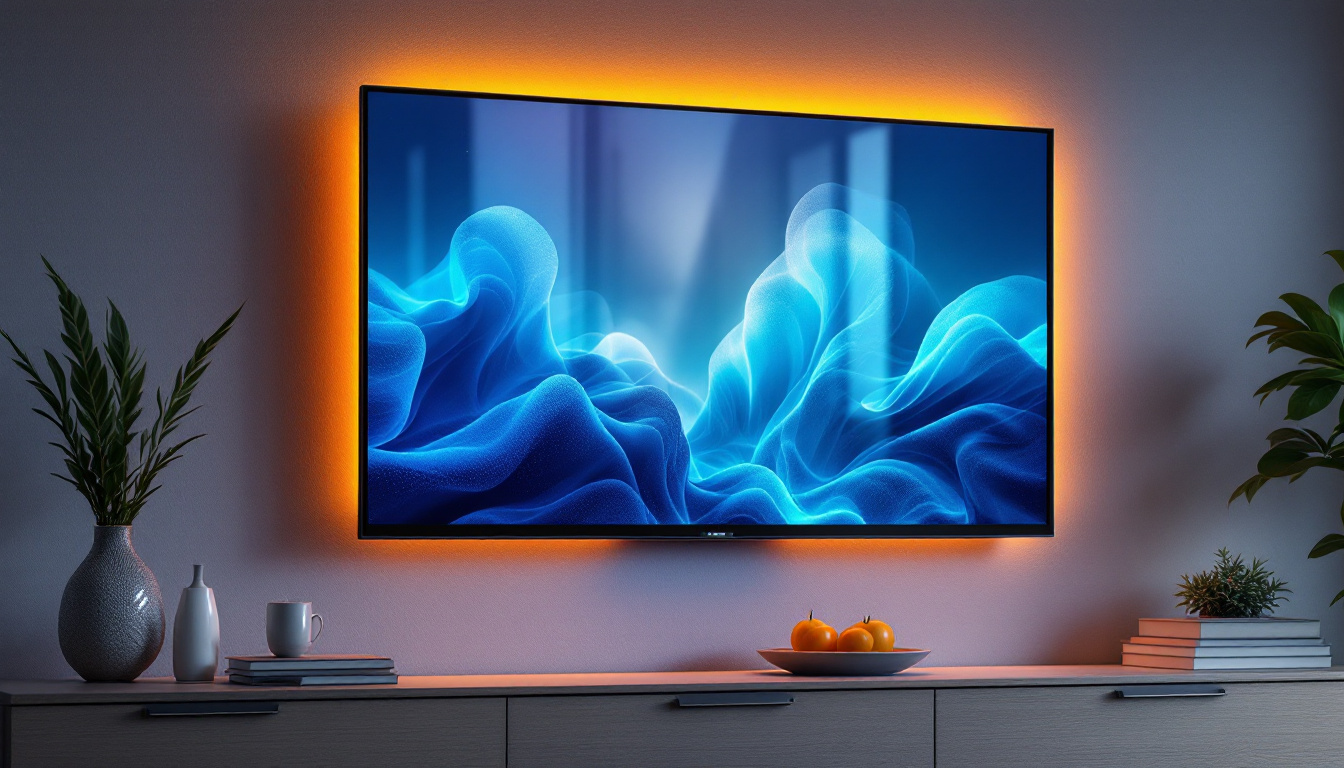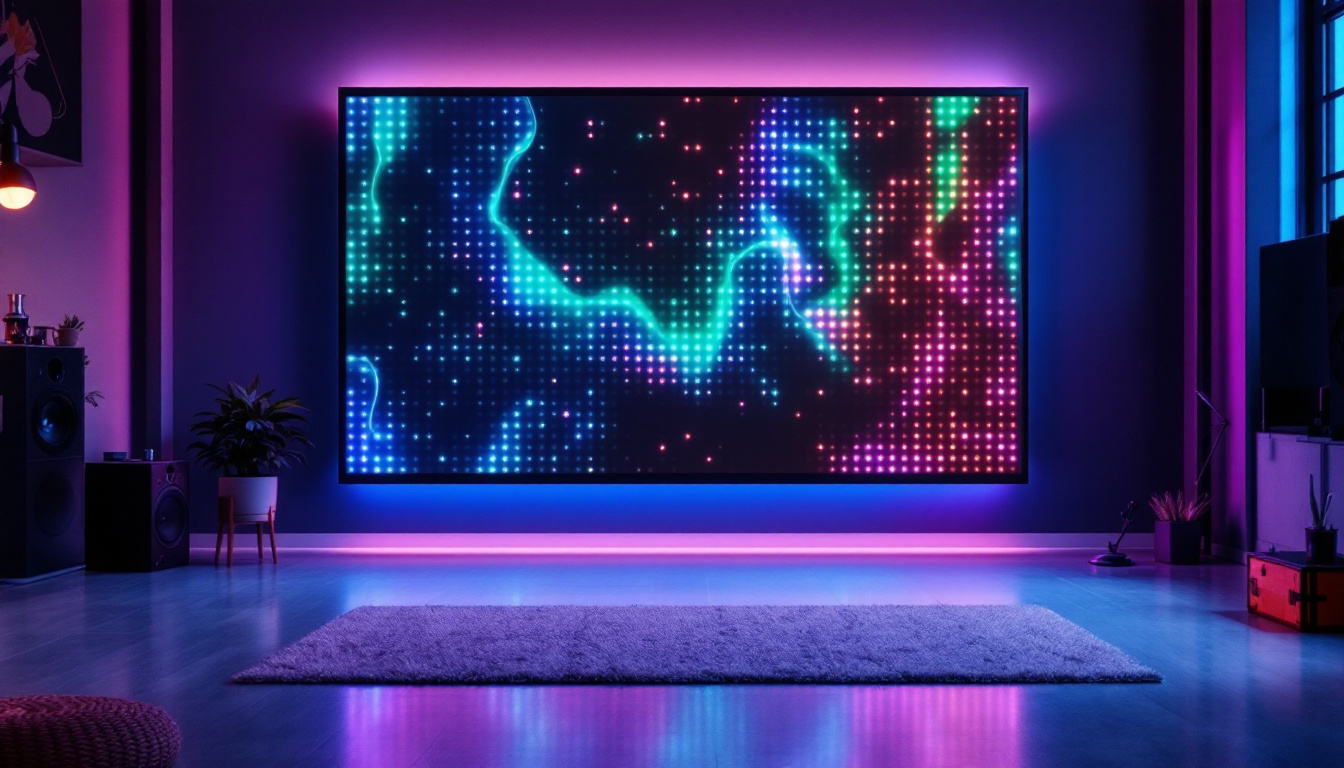Wall Sized TV: LED Display Explained
In recent years, the trend of wall-sized TVs has gained immense popularity among tech enthusiasts and home theater aficionados. With advancements in display technology, particularly LED (Light Emitting Diode) displays, these large screens have become more accessible and appealing. This article delves into the intricacies of LED displays, their benefits, and what makes them an excellent choice for wall-sized televisions.
Understanding LED Technology
LED technology has revolutionized the way we experience visual content. Unlike traditional LCD screens that use fluorescent backlighting, LED displays utilize small diodes to emit light, resulting in brighter images and enhanced color accuracy. This section will explore the fundamentals of LED technology and its application in wall-sized TVs.
How LED Displays Work
At the core of an LED display are tiny semiconductor devices that emit light when an electric current passes through them. These diodes can be arranged in various configurations, including full-array and edge-lit setups. Full-array LED displays have a grid of diodes behind the screen, providing uniform brightness and superior contrast. In contrast, edge-lit displays use diodes along the edges of the screen, which can lead to uneven lighting but are generally thinner and more lightweight.
Additionally, LED displays can be further categorized into two main types: OLED (Organic LED) and QLED (Quantum Dot LED). OLED technology offers deeper blacks and better viewing angles, while QLED enhances brightness and color vibrancy, making both options popular among consumers looking for high-quality visuals. The choice between these technologies often depends on the viewing environment; for instance, OLED is ideal for dark rooms, while QLED shines in well-lit spaces due to its impressive brightness levels.
Benefits of LED Displays
The advantages of LED displays are numerous, particularly when it comes to large, wall-sized TVs. One of the most significant benefits is energy efficiency. LED displays consume less power compared to traditional LCDs and plasmas, making them an environmentally friendly choice. This efficiency translates into lower electricity bills for homeowners. Moreover, many LED models come with energy-saving features, such as automatic brightness adjustment, which further enhances their eco-friendly appeal.
Another notable advantage is the improved lifespan of LED displays. With a lifespan of up to 100,000 hours, these screens are built to last, reducing the frequency of replacements and maintenance. Furthermore, LED technology allows for thinner and lighter designs, making wall-mounted installations easier and more aesthetically pleasing. The sleek profiles of LED TVs not only save space but also allow for innovative installation options, such as flush mounting or even embedding into walls, creating a seamless look that complements modern interior design. As technology continues to evolve, we can expect even more advancements in LED displays, including features like higher refresh rates and enhanced smart capabilities, further enriching the viewing experience.
Choosing the Right Wall-Sized TV
When selecting a wall-sized TV, several factors come into play. The choice of display technology, screen size, resolution, and additional features can significantly influence the viewing experience. Understanding these elements is crucial for making an informed decision.
Screen Size and Viewing Distance
Screen size is one of the most critical aspects to consider when purchasing a wall-sized TV. The ideal size depends on the viewing distance, which can vary based on personal preferences and room dimensions. A general rule of thumb is to sit at a distance that is 1.5 to 2.5 times the diagonal size of the screen for optimal viewing comfort.
For instance, if a viewer opts for a 75-inch TV, the recommended viewing distance would range from approximately 9.5 to 15.5 feet. This distance ensures that the viewer can appreciate the details without straining their eyes. Additionally, larger screens can create a more immersive experience, particularly for movies and gaming. The placement of the TV also plays a significant role; mounting it at eye level can enhance comfort and reduce neck strain, making the viewing experience more enjoyable over extended periods.
Resolution Matters
Resolution is another crucial factor that influences picture quality. Modern wall-sized TVs typically offer 4K (Ultra HD) or even 8K resolutions. A higher resolution means more pixels, resulting in sharper images and finer details. For wall-sized displays, 4K resolution is often considered the minimum standard, as it provides a significant upgrade over 1080p HD.
8K TVs, while still relatively new to the market, offer even greater detail, but the availability of 8K content remains limited. Therefore, consumers should weigh their options based on their viewing habits and the types of content they enjoy. It’s also worth noting that many TVs come equipped with upscaling technology, which can enhance lower-resolution content to make it look better on higher-resolution screens. This feature can be particularly beneficial for viewers who frequently watch older movies or TV shows, ensuring that they still enjoy a satisfying visual experience regardless of the source material.
Display Technology: OLED vs. LED
Another important consideration is the type of display technology used in the TV. OLED (Organic Light Emitting Diode) and LED (Light Emitting Diode) are the two most common technologies available today. OLED TVs are known for their superior contrast ratios and vibrant colors, as each pixel emits its own light and can be turned off completely to achieve true blacks. This makes OLED an excellent choice for dark room viewing, where the depth of color can truly shine.
On the other hand, LED TVs, particularly those with local dimming features, can also deliver impressive picture quality and are often more affordable than their OLED counterparts. They tend to perform better in bright rooms due to their higher brightness levels. Understanding the differences between these technologies can help consumers choose the right TV that fits their specific viewing environment and preferences, ensuring that they get the most out of their entertainment experience.
Installation and Setup
Installing a wall-sized TV requires careful planning and consideration. Proper installation not only enhances the viewing experience but also ensures safety and functionality. This section discusses key aspects of installation and setup for wall-mounted LED displays.
Wall Mounting Options
There are several wall mounting options available for large TVs, including fixed mounts, tilting mounts, and full-motion mounts. Fixed mounts hold the TV flush against the wall, providing a clean and sleek look. Tilting mounts allow for slight adjustments to the angle, which can be beneficial for reducing glare from windows or overhead lights.
Full-motion mounts offer the most flexibility, allowing users to pull the TV away from the wall and swivel it for optimal viewing angles. However, they tend to be more complex to install and may require additional support, especially for larger screens. It’s essential to choose a mount that is compatible with the TV’s size and weight.
Wiring and Cable Management
One of the challenges of wall-mounted TVs is managing cables and wires. A clean installation not only looks better but also prevents potential hazards. To achieve this, homeowners can use cable management systems that conceal wires within the wall or along the surface. These systems can include cable raceways, wall plates, or in-wall rated cables.
Additionally, planning the location of power outlets and HDMI ports is crucial. Ensuring that these connections are easily accessible will make it easier to connect devices such as gaming consoles, streaming devices, and sound systems.
Enhancing the Viewing Experience
Once the wall-sized TV is installed, enhancing the viewing experience becomes the next priority. This involves considering sound quality, lighting, and additional accessories that can elevate the overall enjoyment of the screen.
Sound Systems
While modern TVs come equipped with built-in speakers, they often lack the audio quality needed for an immersive experience. Investing in a sound system, such as a soundbar or a surround sound setup, can significantly enhance audio performance. Soundbars are a popular choice due to their compact design and ease of installation, while full surround systems offer a more cinematic experience.
When selecting a sound system, compatibility with the TV and the room’s acoustics should be considered. Some soundbars come with additional subwoofers for deeper bass, making them ideal for movie nights and gaming sessions.
Lighting Considerations
Lighting plays a crucial role in the viewing experience. Ambient lighting can enhance the overall atmosphere of a room, while glare from windows can detract from picture quality. Homeowners should consider using adjustable lighting options, such as dimmable LED fixtures or smart bulbs, to create the perfect environment for watching movies or playing games.
Additionally, blackout curtains or shades can help control natural light during daytime viewing, ensuring that the screen remains visible without straining the eyes.
Future Trends in Wall-Sized Displays
The world of display technology is constantly evolving, with new innovations emerging regularly. As manufacturers continue to push the boundaries of what is possible, several trends are shaping the future of wall-sized TVs.
MicroLED Technology
MicroLED technology is gaining traction as a potential successor to traditional LED displays. This cutting-edge technology utilizes microscopic LEDs to create individual pixels, resulting in stunning picture quality with deep blacks and vibrant colors. MicroLED displays are modular, allowing for customizable screen sizes and shapes, making them ideal for wall-sized installations.
While still in its infancy, MicroLED technology promises to deliver an unparalleled viewing experience, with the potential for even greater energy efficiency and longevity compared to current LED options.
Smart Features and Integration
As smart home technology becomes increasingly prevalent, wall-sized TVs are also evolving to incorporate advanced features. Many modern displays come equipped with smart capabilities, allowing users to access streaming services, browse the internet, and control other smart devices directly from the TV.
Integration with voice assistants, such as Amazon Alexa or Google Assistant, further enhances user experience, enabling voice commands for changing channels, adjusting volume, or searching for content. As technology advances, the seamless integration of wall-sized TVs into smart home ecosystems will become more commonplace.
Conclusion
Wall-sized TVs equipped with LED displays offer an impressive combination of quality, efficiency, and aesthetic appeal. Understanding the technology behind LED displays, choosing the right size and resolution, and ensuring proper installation can significantly enhance the viewing experience. As technology continues to evolve, future innovations promise to make these displays even more captivating.
Whether for gaming, movie nights, or simply enjoying your favorite shows, a wall-sized LED TV can transform any space into a home theater. With thoughtful consideration and planning, homeowners can create an immersive entertainment environment that rivals even the best commercial cinemas.
Discover LumenMatrix’s Innovative LED Displays
Ready to elevate your home theater experience with a wall-sized TV that embodies the pinnacle of LED technology? Look no further than LumenMatrix, a pioneer in crafting LED displays that transform any space into a visually stunning environment. From the comfort of your living room to the buzz of a bustling commercial setting, our diverse range of LED display solutions, including Indoor and Outdoor LED Walls, Vehicle Displays, and Custom Configurations, are designed to captivate and engage. Embrace the future of visual entertainment with LumenMatrix and witness how our commitment to innovation can bring your viewing experience to life. Check out LumenMatrix LED Display Solutions today and join the revolution in visual communication.

